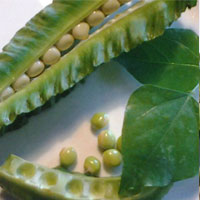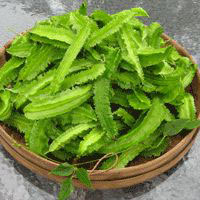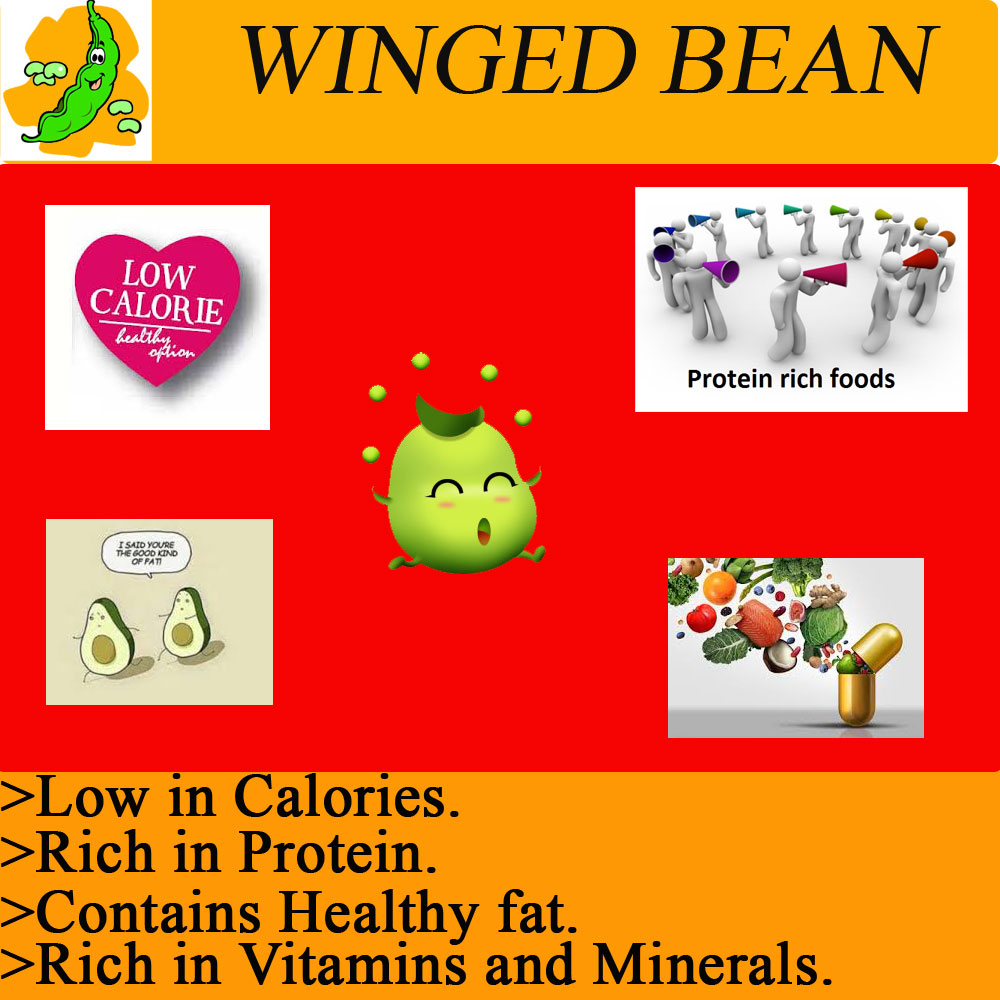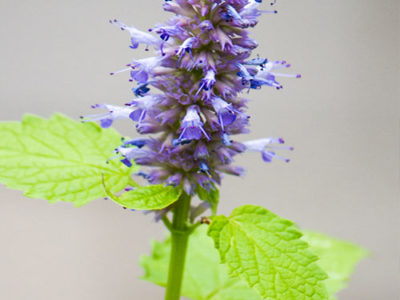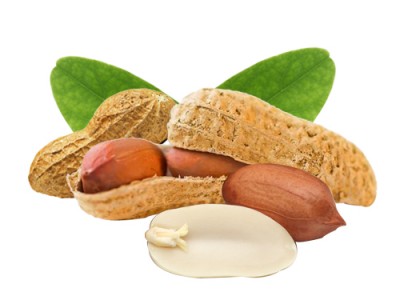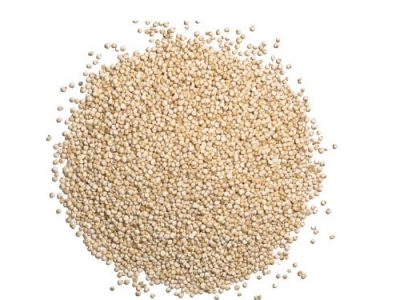
Winged Bean Origin and Uses
Winged Bean
The interest for Winged bean as a legume has increased in past few decades. It is an exceptional legume and almost every parts of bean can be eaten.
This topic will deal with a plant named Winged bean which is also called as Dragon bean. The botanical name of this plant is PSOPHOCARPUS TETRAGONOLOBUS. The other common names of this plant are Goa bean, four-angled bean ,four-cornered bean or Manila bean, princess bean, asparagus pea, dragon bean. In Indonesia, it is known as kecipir.
Origin
- This plant is found abundantly in South Africa and Southeast Asia and these countries cultivate this plant for many centuries.
- The origin of this plant is Papua New Guinea.
- This plant grows well in hot and humid equatorial countries of South Africa and Southeast Asia.
- It is only cultivated in a small scale and are widely recognized by farmers and customers of Southern Asia for its various uses and disease resistance.
[tribulant_slideshow gallery_id=”410″]
Nutritional Values
Every parts of winged bean plant contains Vitamin A, Vitamin C, Calcium and iron among other nutrients.
| Nutrients | Nutrition Value |
|---|---|
| Energy | 1,711 kJ (409kcal) |
| Protein | 29.65 g |
| Total Fat | 16.3 g |
| Carbohydrate | 41.7 g |
| Total dietary Fiber | 25.9 g |
| Minerals | |
| Calcium, Ca | 440 mg |
| Iron, Fe | 13.44 mg |
| Phosphorus, P | 451 mg |
| Potasium, K | 977 mg |
| Manganese, Mn | 3.721 mg |
| Sodium, Na | 38 mg |
| Vitamins | |
| Vitamin B1 (Thiamine) | 1.03 mg |
| Vitamin B6 | 0.175 mg |
| Vitamin B5 (Pantothenic acid) | 0.795 mg |
Winged Beans Uses
- The pods are used in salad or vegetables.
- It is low in calories and rich in Protein content.
- Rich in Vitamins, Minerals and Calcium and also contains healthy fats.
Growth
Winged beans, also known as goa beans, are a legume native to tropical climates. They are a popular crop in many tropical countries due to their high nutritional value, drought tolerance and ability to tolerate poor soils. In order to grow winged beans, they should be planted in a warm, sunny location with well-drained soil. Seeds should be planted in rows 4-6 inches apart and should be covered with 1 inch of soil. Once planted, the beans should be watered regularly and should be harvested when the pods are 6-8 inches long. Winged beans are a tropical plant and therefore require warm temperatures for proper growth. The soil should be kept consistently moist, but not waterlogged. They should be fertilized every few weeks with a balanced fertilizer to ensure proper nutrition and growth. Pests and diseases should also be monitored and treated to ensure successful growth.

